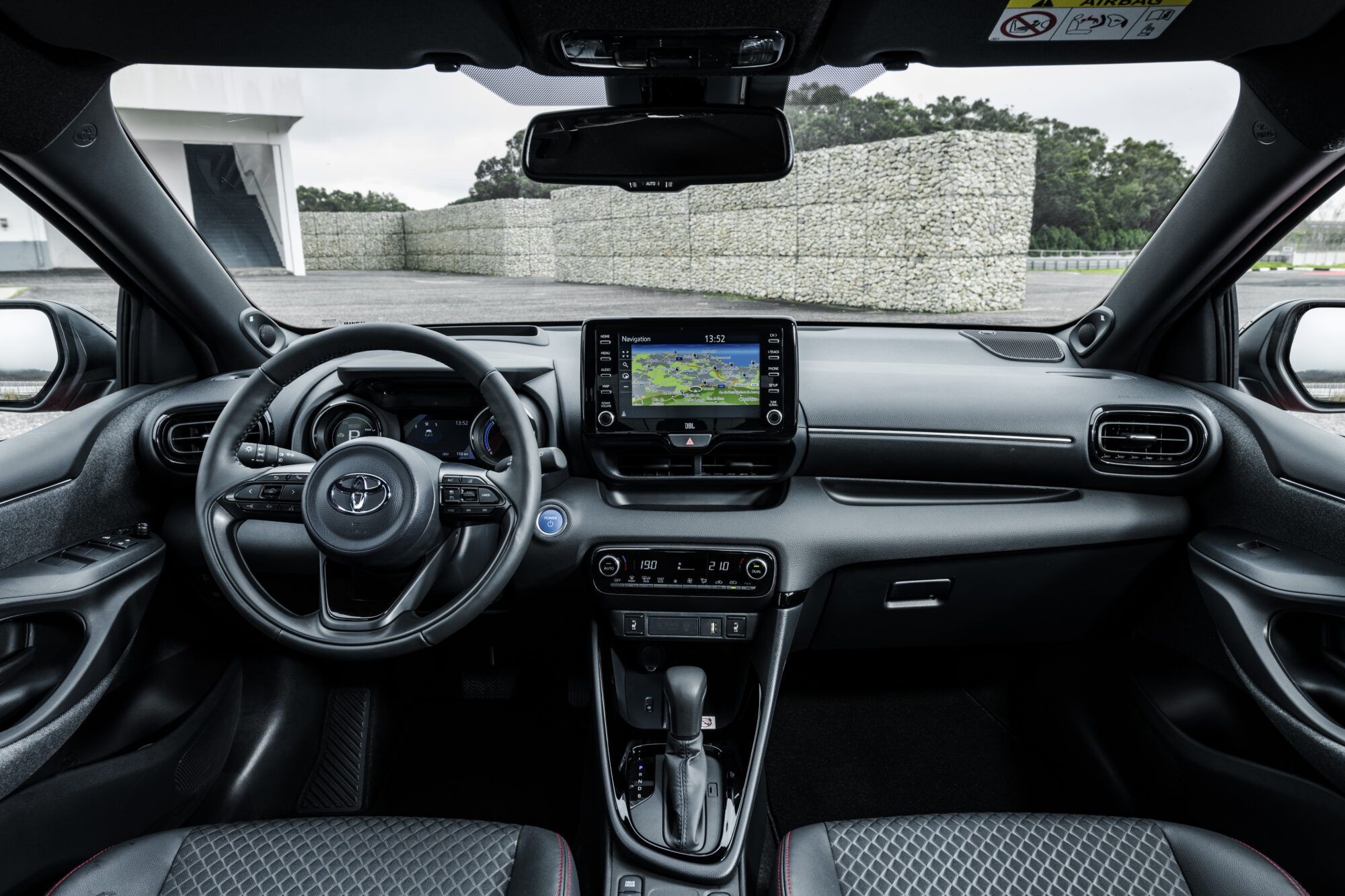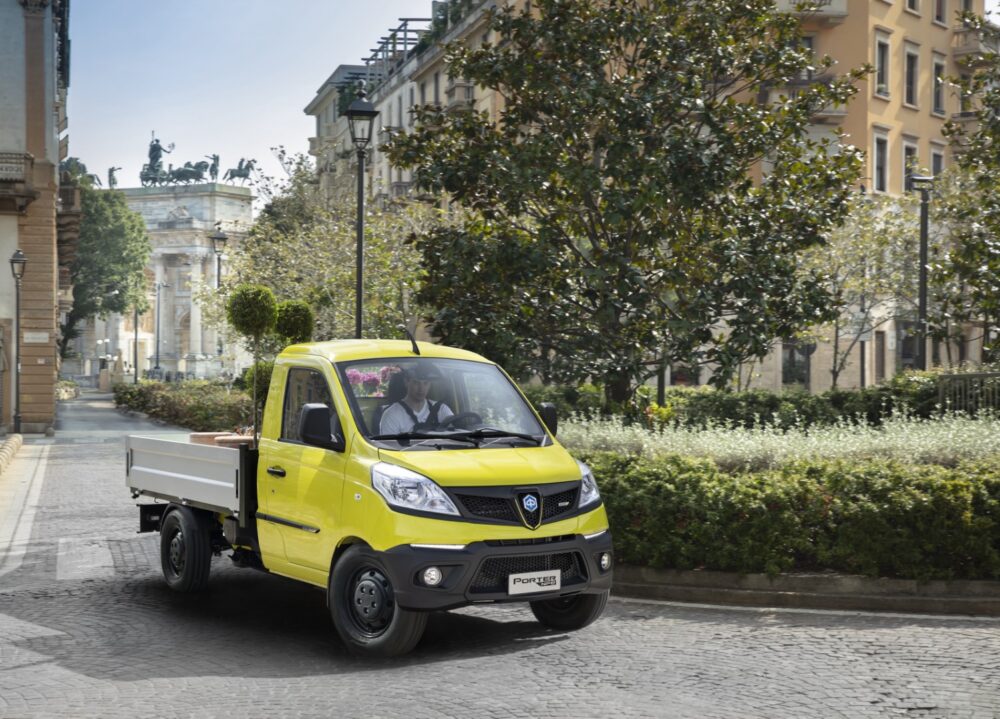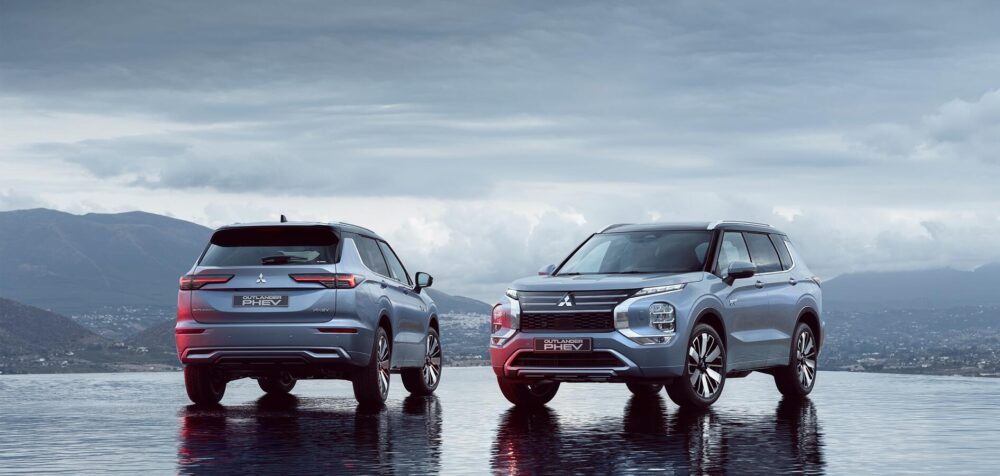Toyota: Three-cylinder engine for Yaris Hybrid 🎥
SMALLER SAVER From the outside, you can't really tell that the revamped Yaris has made a big leap. From the front, it resembles its predecessor, and the rear end is somewhat reminiscent of that of its big brother, the C-HR. The new model takes around two seconds off the old model when sprinting to 100 km/h. Despite five centimeters more wheelbase, the new [...]
The new model takes around two seconds off the old model when sprinting to 100 km/h.
Despite five centimeters more wheelbase, however, the new Yaris has no more space than its predecessor. The driver and front passenger now sit slightly further back, which benefits a more even weight distribution.
Completely revised drive
But the real innovation takes place under the hood. The hybrid drive, which according to Toyota will be chosen by around 80 percent of buyers, has been completely redesigned. Instead of a four-cylinder engine, a newly developed 1.5-liter three-cylinder engine with 91 hp is now used. It is combined with a 58 kW (79 hp) electric motor, resulting in a system output of 116 hp. Previously, the hybrid team produced 100 hp.

CO₂ emissions of 86 g/km
The hybrid battery now uses modern lithium-ion technology - this is new for the Yaris and has several advantages: The battery under the rear seat is significantly more compact than before, twelve kilograms lighter and better suited to the constant interplay between charging and discharging than the previous battery. The entire vehicle is 20 kilograms lighter. Fuel consumption is 3.7 liters per 100 kilometers - based on the realistic WLTP cycle. This results in low CO₂ emissions of 86 grams per kilometer. A gasoline engine could hardly be more economical, even if Toyota is still talking about preliminary values.

10.5 seconds to 100 km/h
The Yaris can't drive more than two to three kilometers on pure electric power, but that's not what the hybrid is designed for. As is typical for Toyota, the automatic changeover or the interaction of the drives takes place imperceptibly; the driver only has to accelerate and brake. The roar of the engine is a thing of the past. The new model takes around two seconds off the old model's sprint to 100 km/h and completes it in 10.5 seconds. Prices for the new Japanese car, which is particularly good to drive in the city, have not yet been set.









